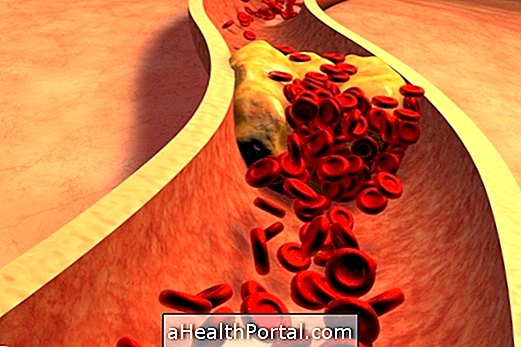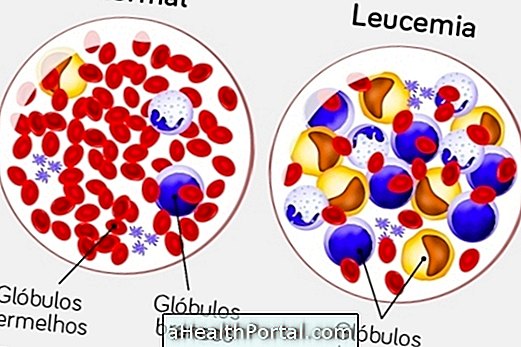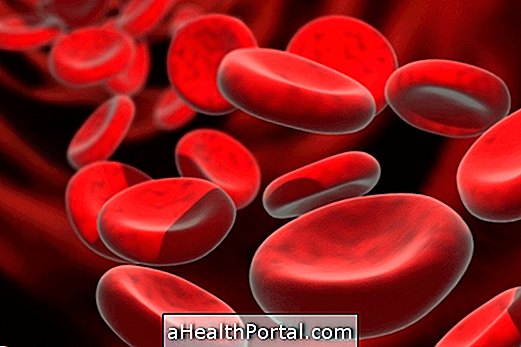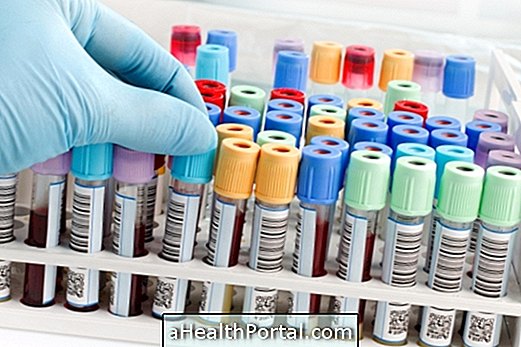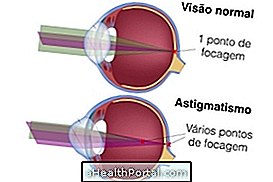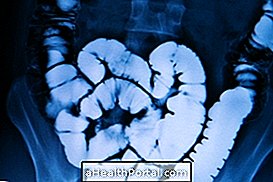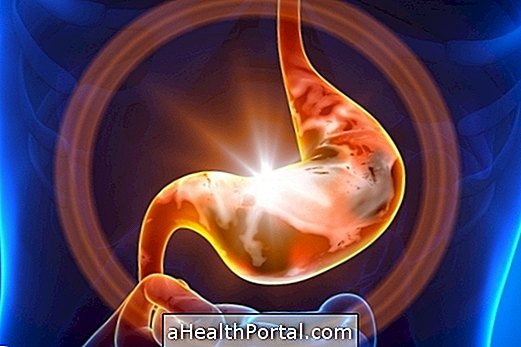To lower triglyceride levels in pregnancy you need to perform physical activities and follow a proper diet according to the guidance of a nutritionist. The use of medications to reduce the concentration of triglycerides is contraindicated during gestation as it may interfere with the development of the baby.
During pregnancy it is normal for the triglyceride concentration to increase due to the hormonal changes that occur in the woman's body. However, even if it is normal, it is important to be aware of your levels, since very high concentrations may pose risks to the mother and the baby.

How to Lower Triglyceride in Pregnancy
Some simple and important steps to lower triglycerides are:
- Decrease fats in food such as olive oil, butter, cheese, or fatty meat.
- Eliminate alcoholic beverages.
- Reduce candies, such as cakes, jellies, condensed milk or stuffed biscuits.
- Eat fish such as salmon or hake at least 3 times a week.
- Eat fruits and vegetables 5 times a day.
- Drink 1.5 to 2 liters of water per day.
- To practice a physical activity every day, like walking, preferably with professional accompaniment.
These attitudes help lower circulating cholesterol levels in the blood, keeping the mother and the child healthy. Although the diet seems restricted, it is possible to have adequate nutrition to lower triglyceride levels and provide the amount of nutrients needed for the development of the baby. Learn how the diet for triglycerides is made.
The use of cholesterol-lowering medications is contraindicated in pregnancy because of possible effects related to the development of the baby.
Risks of high triglycerides
Although it is normal to increase triglyceride and total cholesterol levels during pregnancy, it is important that there is control. For when levels are very high, there may be not only fat accumulation in the mother's vessels but also the baby's, which can cause her to be born with heart problems, for example.
Other risks of high triglycerides in pregnancy are:
- Atherosclerosis;
- Pancreatitis;
- Hepatic steatosis;
- Stroke (stroke);
- Cerebral ischemia.
Normally, all of these risks can be lowered when the rate of triglycerides in the blood is low or within ideal limits. Learn more about high triglycerides.
Watch our nutritionist's video and learn more about how to reduce high triglycerides.

